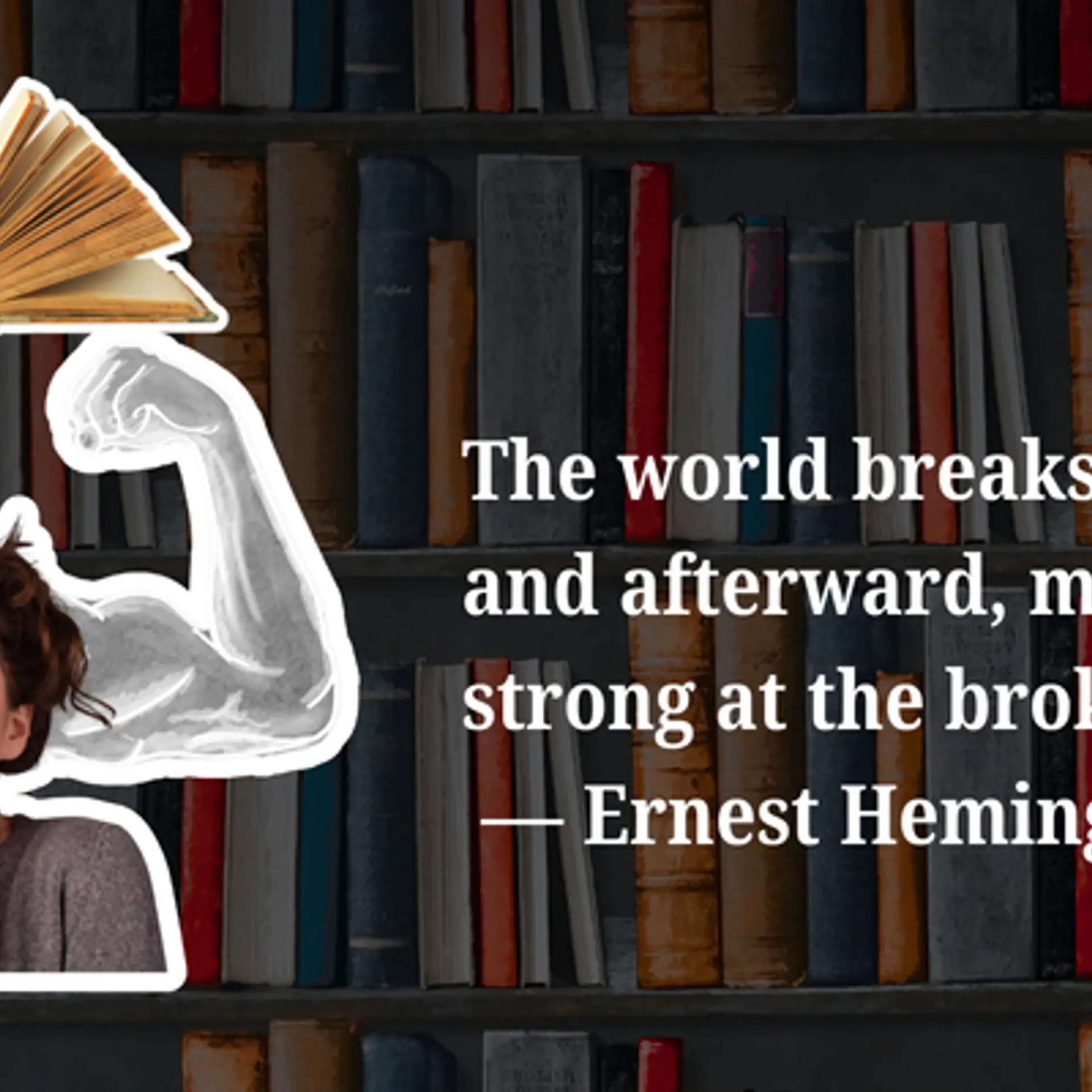Rising popularity of audio content in India: Why podcasts are the next big thing?
Audio content is the next big thing. Podcasts have brought audio to the digital ecosystem with on-demand listenership, easy creation access, and distribution.
Audio is having its moment. It's rising to the fore in the way we consume, share, and create content. And I don't say this just because of the fast scaling numbers of podcasts or the rising popularity (as well as options) in the social audio space. It's because we're at a unique juncture as content consumers where the balance of "how we consume content" and "how much attention it requires" is fast evolving. Let me explain,
The consumer
The digital content ecosystem has made visual (video and text) the predominant way we consume content. Visual formats can also be called active content forms, as in they demand all our attention when we consume them.
Glancing away from a visual format can either interrupt (like looking away from a book or article you're reading) or give us a sub-optimal experience (looking away and just listening to a video that's been created to be visual first). And while these forms are here to stay, they have caused a level of screen fatigue, leading consumers to seek more passive forms of content that allow us to do other things while consuming content. That's where audio has come in.
While radio has kept this flag alive for the longest time, but podcasts brought audio to the digital ecosystem with on-demand listenership, easy creation access, and distribution (like blogs got text-based content in and YouTube democratised video), and social audio is taking it to the next level.
The creator
Podcasts started as a way to transition talk radio as digital files to the iPod. And for markets like the USA, where talk radio was a widely prevalent thing, it was a journey of transitioning formats and then building a market for discovery and monetisation while bringing it towards being a bridge between the social media world and the streaming content platform ecosystem.
But India has skipped a few steps and is building its roadmap in its evolution. We've never had talk radio as a prevalent format. But radio has always been a consistent part of our lives, and social media has changed how we communicate and create. So while the West had to transition from the legacy of talk radio and its many forms, we've skipped ahead to an exciting mix of creation forms. In a broad sense, there are three
· Traditional long-form
· Bite-sized short form
· Social
The traditional long-form podcasts have used prevalent legacy forms like long conversational shows, fiction, news/journalism, and reenactment-based stories.
Bite-sized or short-form uses our lack of attention as digital content consumers and gives tiny episodes, many times in high frequency. This ranges from news/information-based content, mythology, comedy or motivational content.
Social podcasts are the most interesting of the lot. They are podcasts created by creators who use the podcast distribution pipeline as another social media channel to distribute their content of building an audience. This ranges from sharing existing content from their YouTube or Instagram handles (it made them create videos with an audio-only audience in mind) and content they create in a very organic form which helps them build a closer and more intimate relationship with their audience.
This last category has led many creators to not look at a single pipeline method of building their audience. From putting up video versions of their episodes on YouTube, using shorter clips with search tags for discoverability, surround content across social media and live formats to create audience peaks, today's audio creator uses a broader handbook to build and grow their audience.
The long-form podcast for many of them has become that a foundational piece of content that they can cut down into 20-40-60 pieces of surround or supplemental content.
The platforms
The foundation of India's digital audio ecosystem has been built by broader audio platforms like Spotify, Jio Saavn, Gaana, etc. Independent players like aawaz.com, hub hopper, etc., content networks like IVM, MnM talkies, Maed in India, WYN studios, and beyond.
This foundation has enabled creators to find ways to distribute their podcasts and find ways to build discoverability, ad monetisation, and the ability to be acquired by these platforms the same way OTT platforms acquire content to be exclusive to their platform.
As the number of podcasts has grown, so has the understanding of the metrics by brands and the eyeballs (or rather eardrums) of the consumer has grown bigger towards this space. The crucial growth driver has been the scaling up of regional+hindi content alongside educational content. Bringing this medium towards its next stage of growth.
This growth is where social audio platforms are coming in. Platforms like Clubhouse, Twitter, and the soon-to-be-launched features from Facebook and Spotify (with the additions to anchor as well as the acquisition of locker room) are looking to give anyone who wants to build audio-based content a way scale exponentially. To pick up their phones and create content, build a captive audience and be legitimate creators.
What makes social audio so interesting is that it takes the best parts of visual or traditional social media (discoverability, follower base, ease of creation, and the ability to interact) and balances it with podcasts' best elements (deeper audience retention, foundational content, and passive consumption enablement).
Edited by Kanishk Singh
(Disclaimer: The views and opinions expressed in this article are those of the author and do not necessarily reflect the views of YourStory.)








